Characteristics and description of menthol mint, features of cultivation and care
Mint menthol is one of the many varieties of the crop. Today, such a plant can be found on the backyards of many Russian gardeners, due to the special properties of the plant. To avoid problems during cultivation, it is recommended to familiarize yourself with the simple rules of planting and caring for a unique healing herb in advance.
Characteristic features of the plant
Menthol mint is a perennial plant. It is distinguished from other representatives of varieties by its unique taste and aroma of freshness and coolness, which is due to the rich content of essential oils in the plant.
For a horticultural culture with menthol properties, the following features are characteristic:
- branched root system;
- straight stem with the formation of a cavity inside;
- ovoid leaves;
- the formation at the time of flowering of small inflorescences of a light purple hue.
Under favorable growing conditions, the height of plants can reach 1 m... Wild bushes have a much more modest figure, and their height does not exceed 40 cm.
Beneficial features
Mint is widely used today in various fields of human activity, including cooking, medicine, and cosmetology.
Many gardeners use the herb to make delicious teas or as an ingredient to treat many types of ailments.
Such a component is found in recipes for first and second courses, and mint is considered indispensable for the preparation of many cocktails.
Useful properties of the plant:
- antiseptic;
- anti-inflammatory;
- sedative;
- antispasmodic.
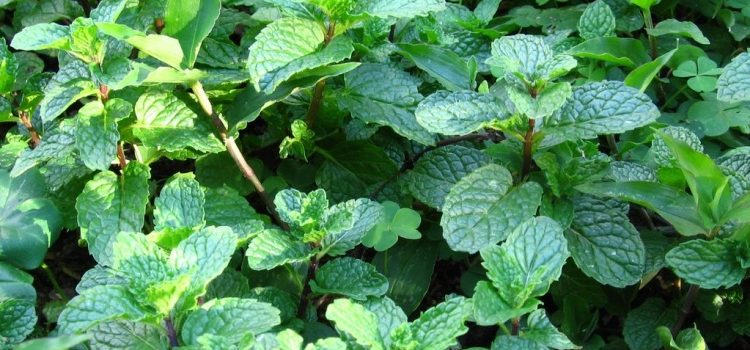
The active substances in the composition of the plant are capable of having a healing effect in angina pectoris, neuroses, and various inflammatory diseases. In traditional medicine recipes, mint is used for the preparation of decoctions and tinctures, medicinal teas as an independent ingredient or as part of a mixture of herbs. Often, the herb is used to prepare clothing fragrances and fragrances to eliminate unpleasant odors in the room.
Seed preparation
Mint seeds are sown in the ground or use the method of growing seedlings. For planting, select containers of small volume and fertile soil. To obtain a result, it is important to purchase good planting material. The seeds of the plant are small enough, so they are not pretreated.
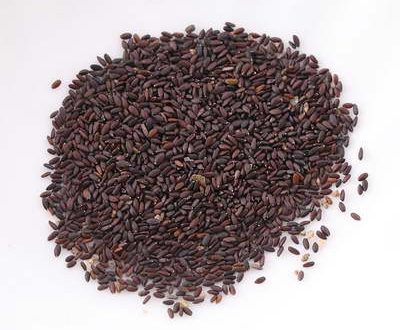
The plant reproduces well by cuttings. The shoots are cut off when at least 5 leaves are formed on them.The cuttings are placed in fertile soil and transplanted as they take root.
Preparing the landing site
Menthol mint prefers loose, fertile soil and requires sufficient light. For planting, choose a sunny open area. The crop can grow in calcareous soils and in shade conditions, but the plant's aromatic properties can be reduced. The garden culture does not tolerate heavy soil with clay.
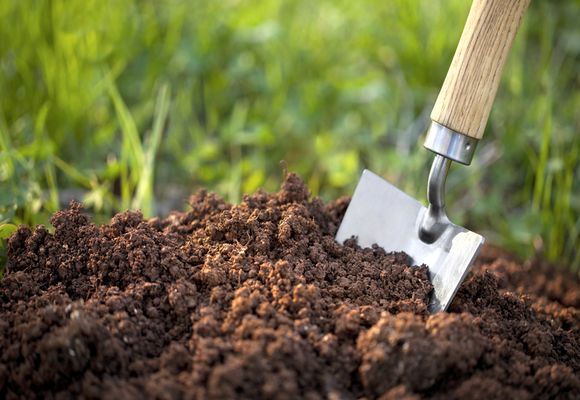
Before planting, the site must be prepared. For this, weeds and the remnants of previous plantings are removed. The soil must be enriched with a complex of mineral fertilizers. If the place is exposed to excessive moisture, then the beds are raised above the ground.
Sowing
Sowing is carried out in the spring at the beginning of April when grown by seedlings. Sowing directly into the soil is carried out in early summer after warming up the soil or in early August. Do not sow too often, as this will lead to thickening of the plantings. It is recommended that the soil is well moistened before planting, since watering after planting can lead to the seeds going deeper.
It is worth considering that mint multiplies quite quickly and can behave like a weed.
In connection with this feature, it is necessary to take into account the degree of proximity with other plants.

Culture care
Garden crop care is standard and does not require special growing skills. Even novice gardeners can get a harvest of medicinal herbs. Every 3 years, an additional planting is carried out, since weeds lead to the effect of thinning the mint plantings. They feed the plants for better harvesting with nitrogen-phosphorus preparations, they do this during the growing season.

In the autumn period, the soil is recommended to be mulched with dry soil or to make a shelter with straw for better wintering of the crop.
Watering features
Mint is undemanding to watering. With a sufficient amount of natural precipitation, plantings are watered 2 times a month. In hot weather conditions, the time of the next irrigation is determined by the degree of moisture evaporation.
Loosening
For better penetration of moisture and oxygen into the soil, it is necessary to carry out periodic loosening. The frequency depends on the quality of the soil and the amount of precipitation. In most cases, work on weeding and loosening is combined.
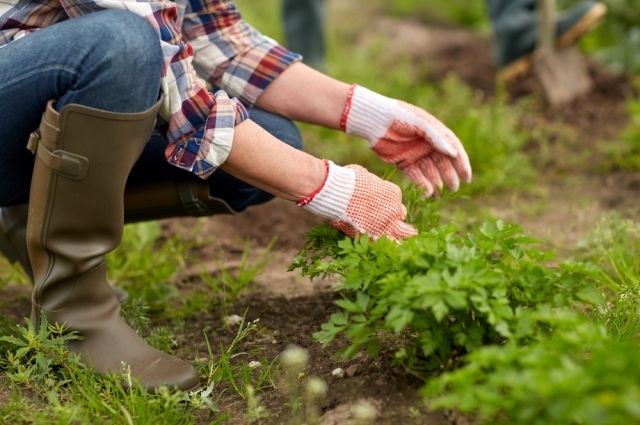
Weeding
Weeding is performed as needed. It is impossible to allow overgrowing of mint plantings with weeds, since the volume of green mass of mint decreases.
Diseases
Mint is susceptible to various types of diseases. The most common are rust, peronosporosis, powdery mildew, fusarium.
Failure to take measures is fraught with the death of plantings, a decrease in the yield of the formed angry mass, and a decrease in the content of essential oils.
For the fight, mainly folk recipes are used, since the use of chemicals makes the use of mint impossible.

Pests
The most dangerous pests of mint are the mint flea, mint leaf beetle, aphids and leafhoppers. The optimal control measures are periodic plant transplantation, destruction of diseased bushes, cutting of greenery before pests appear. To increase the resistance of mint, it is recommended to enrich the soil with fertilizers based on potassium and phosphorus.
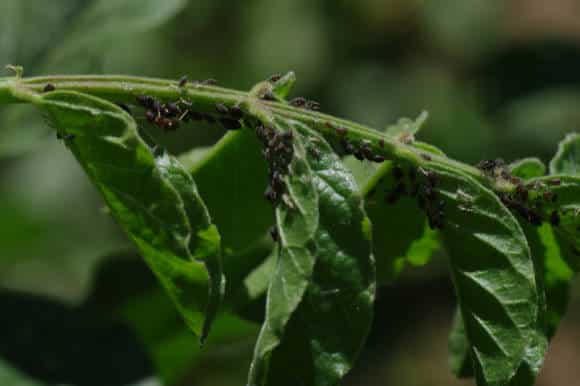
Harvesting and storage
The collection is carried out in dry weather without wind. The crop is harvested in the form of individual leaves or whole shoots. For storage, choose a drying or freezing method. For use as a fresh scent in the room, the stems of the plant are tied and hung in an inconspicuous place with air access.
For further use as an ingredient for decoctions or cocktails, the grass is laid out on a flat surface and waited for complete drying. When freezing, use ordinary plastic containers or plastic bags.
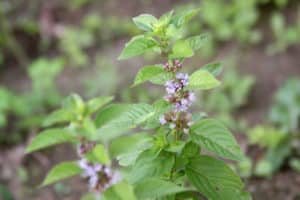

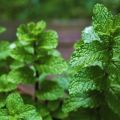
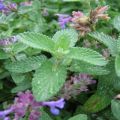
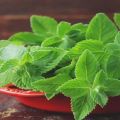
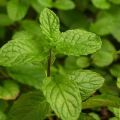
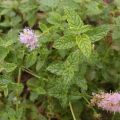
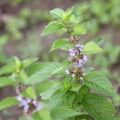
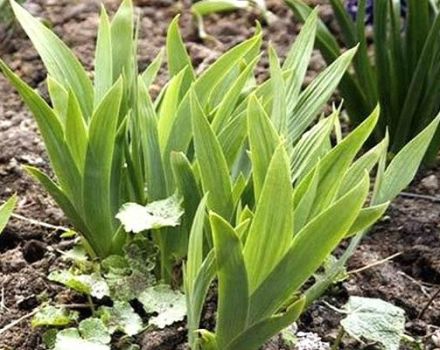
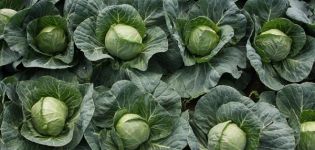
Only recently began to grow just such a mint, its aroma is much richer. I use it both fresh and dried; mint does not lose its properties. Love to drink tea with her.